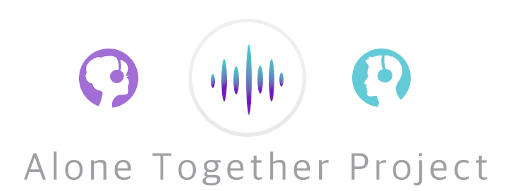There are now two projects going on in parallel. One is a collaborative recording project, the other is a music writing project.
Writing Project:
If you have a tune that you would like to contribute to the repertoire of fife and drum music that is being written during our extended stays at home, all you need to do is to send me the notation in some form, and optionally, a recording of your tune. Simple as that. You can contact me here.
Collaborative Recording Project:
This is a grass roots effort. So, we are starting with the tools we have. Audio recording is both an art and a science. It’s ultimately a lifelong learning experience. But for now, here are the steps that were used to create the projects that are already on AloneTogetherProject:
1. Get yourself a metronome. You can download one onto your phone. I use one called…wait for it…Metronome. But, if you have one of these, this will work too:

2. Record a Reference Track. What is a reference track and why should I use one? Let me give you an example. Suppose you want to record a jig on a pennywhistle, and then send it to your friend who plays guitar. What would be most helpful for your guitar friend is a track that includes not only the pennywhistle, but also a consistent tempo that is set by your metronome. True, the metronome is not absolutely required in all cases, but let’s assume it will generally help most people. The metronome will be recorded on the track you create. So, when you send your audio file to your guitar playing friend, it will include the click of the metronome and the pennywhistle. Focus on playing in time with the metronome.
Here’s the basic flow:

In the above graphic your microphone can be as simple as recording to an iPhone. It works better than you might think as an audio recording device. Want proof? This track was recorded on two iPhones.
Don’t worry that your recording has a click in it. This recording won’t be used in your final mix. It is just a reference track that your guitar player friend can use to create a good solid rhythm track to.
A few last things to consider here:
- WAV files are better than mp3 files for recording. Just trust me. If you can’t figure out how to create WAV files (or some other high quality audio file), just move forward with your mp3 file. It will still work.
- Keep your microphone far enough away from you Source so that the recording doesn’t clip. Clipping sounds bad.
- Include a good loud clap in your track, prior to playing your piece. This clap can be use to line up other tracks as your project builds.
- Include a good solid count in so that others that are recording to you track know when to start. Here’s the click track we used for one of our projects.
3. Send your Reference Recording to a friend. There are plenty of tools you can use to do this. Here the services we’ve used so far to exchange audio files:
- Dropbox
- SoundCloud
4. Record against the Reference Track. You’re guitar player friend will use your reference track in the following way:
- Play the Reference Track through headphones.
- While listening to the Reference Track, record into another device.
This new recorded guitar track will serve as good foundation for to build on. Now send it back to your pennywhistle friend.
5. Pennywhistle Records a ‘keeper’ track. Now that there is a good solid, musical rhythm track, the pennywhistle player can listen to it through headphones, and record their new pennywhistle track into the devise of their choosing. Now you should have two tracks:
- A clean guitar track
- A clean pennywhistle track
6. Mix the tracks. There are many tools to do this. Essentially you will need some sort of audio mixing software, otherwise known as a DAW. I use Logic.
7. Share your track. We are currently using SoundCloud, and then linking those files to this site!
8. Celebrate! You have just had fun and made something that will make people happy. Good for you, and good for us!
If you have questions about this process. Please contact us!
